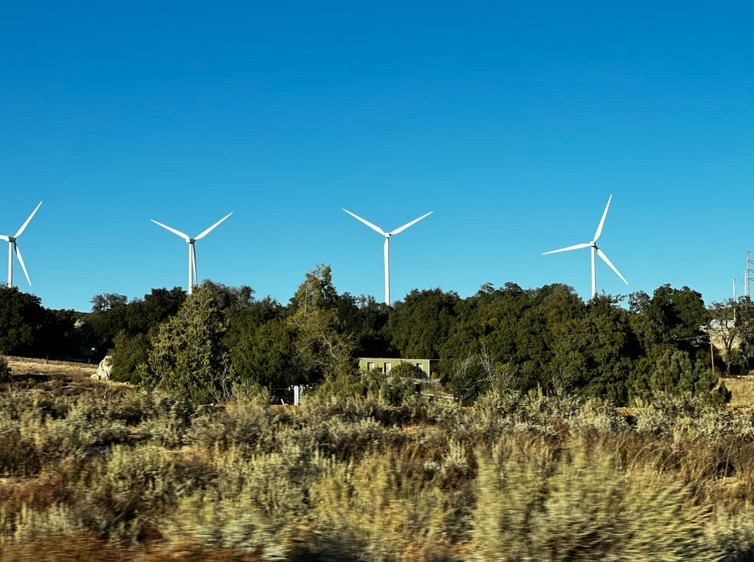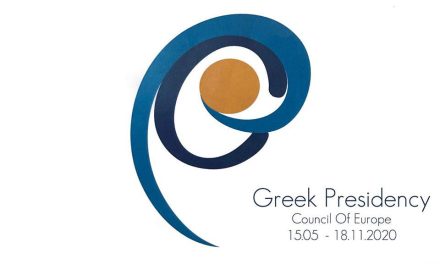During the last years, Greek economy has been marked by a remarkable growth in the field of renewable energy. According to a recent report by environmental think-tank Green Tank, Greece reached a new clean energy milestone last year, with the production of clean energy (renewables and large hydro) being the highest of the decade. This achievement underlines Greece’s ongoing commitment to renewable energy, carbon neutrality by 2050, and its efforts to become a green energy hub for Southeast Europe.
Under the recently revised National Energy and Climate Plan, Greece aims to reduce its greenhouse gas emissions by 58% over the next five years, by 80% by the end of the next decade, and to achieve total carbon neutrality – as well as complete energy independence – by 2050. The revised national plan for 2025-2050 calls for the share of renewable energy sources in electricity generation – currently around 57% – to rise to 75% by 2030 and 95.6% by 2035.
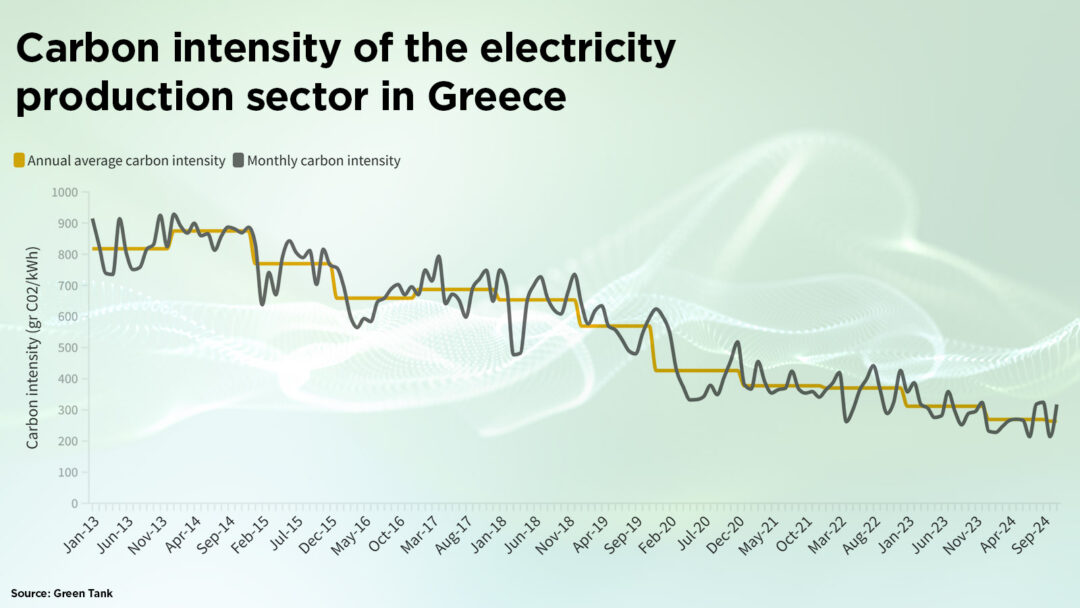
The development of new renewable energy projects, new technologies, new electricity interconnections and energy-saving measures will require combined investments of 436 billion euros by 2050, according to the National Energy and Climate Plan. This will contribute 6 billion euros a year to gross added value and increase GDP by 2.5% by 2050.
Thanks to dynamic investment in renewables, the country has gone from being an energy importer in 2019 to a stable exporter in 2024, which is very important for the country’s energy self-sufficiency.
The renewable energy field is certainly one of the most important examples of investment in new fixed productive capital on Greek territory, while these investments have already produced tangible results in the electricity generation mix. Estimates of the value of these investments over the last five years reach around 9.5 billion euros in renewable energy plant construction projects, complementary projects and infrastructure and network projects.
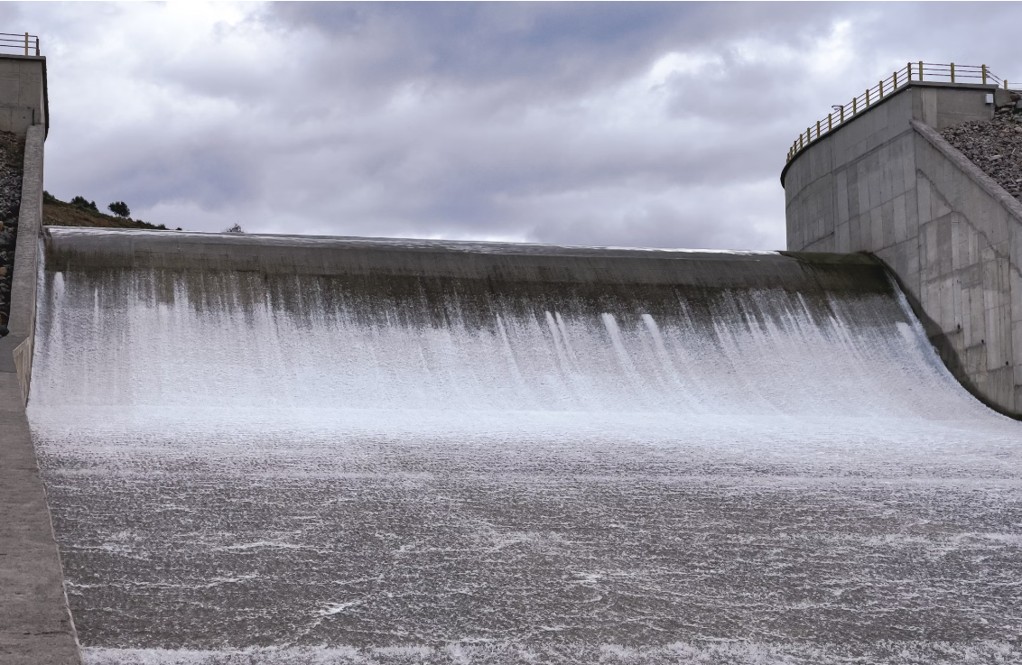
More specifically, according to the data provided by the Greek Independent Power Transmission Operator (IPTO or ADMIE) S.A., a total of 25.2 TWh of electricity was generated on the interconnected grid from renewable energies – excluding large hydro – reaching a production level more than twice that of 2019 (12.2 TWh), suggesting an average annual growth rate of 15.6%. This rapid increase in renewable energy capacity, combined with the adoption of the policy of total decarbonization by 2028 – despite its adjustment due to the energy crisis and the war in Ukraine – has led to a radical shift in the electricity generation mix.
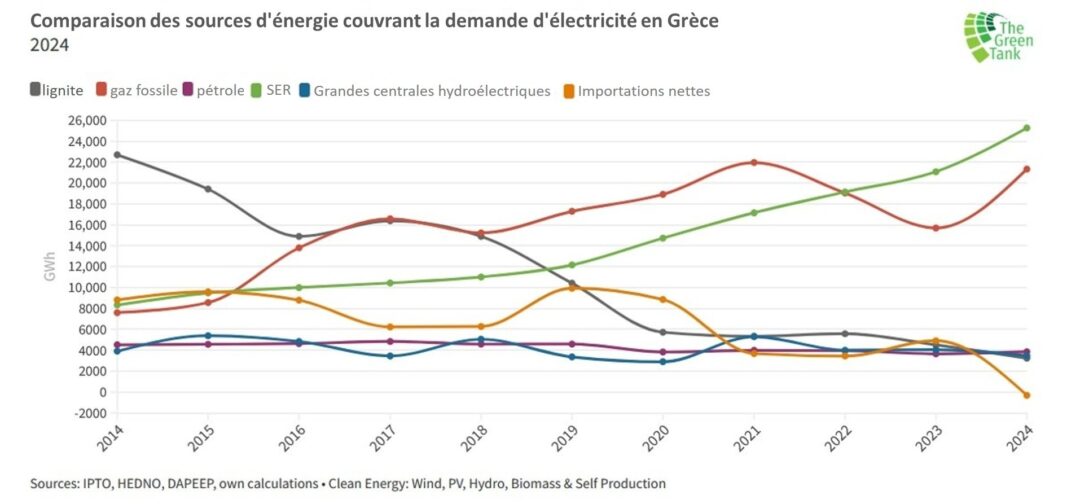
According to a study by the Greek think-tank diaNEOsis, the largest share (55.3%) of electricity demand in the interconnected system in 2024 was covered by renewable energy sources (including hydropower), which was achieved for the first time in 2023 (51.4%), with the share of coverage rising continuously and rapidly. On the contrary, in addition to – and despite – the drastic reduction in the use of lignite, it seems that in 2024 Greece also managed to annihilate net electricity imports, making the country a net exporter, a first since 2000.
Addressing the 3rd Inter-Parliamentary Forum of the OSCE (Organization for Security and Co-operation in Europe) PA South East Europe Delegations, held in Kastoria on March 27-30, the new Deputy Minister of Energy (Hellenic Ministry of Environment and Energy), Nikos Tsafos, pointed out that the installation of around 13 GW of solar and wind power alone has contributed to the increase in renewable energy sources in the electricity mix.
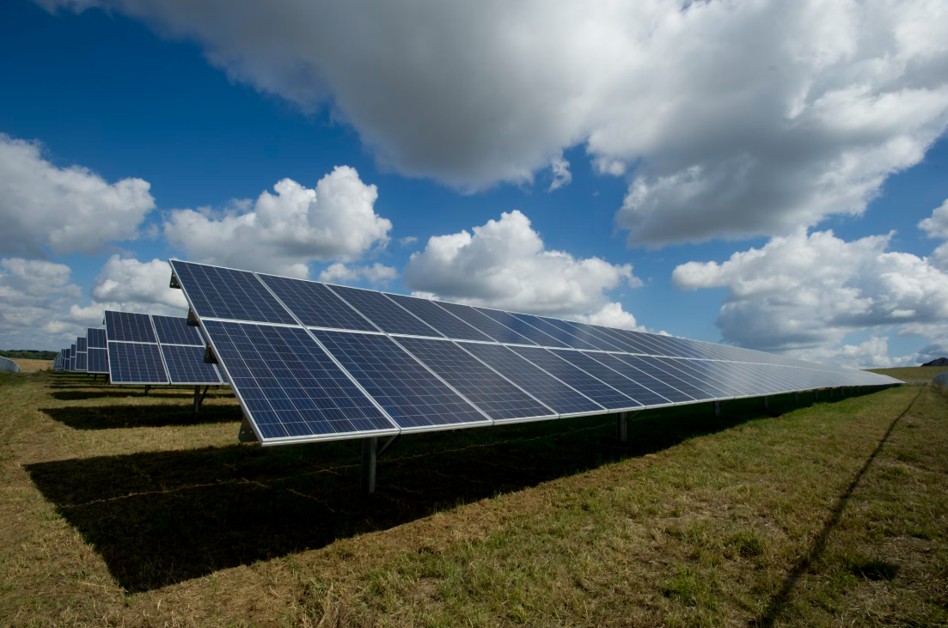
With regard to the share of renewable energy in the energy mix, Greece is making steady progress, having exceeded the European average by 2023. Greece has increased the share of renewable energy in the energy mix by 61% between 2014 and 2023, ranking 7th out of 36 European countries in terms of the evolution of the share of renewable energy in the energy mix for the reference period.
According to diaNEOsis, total net production exceeded demand by 307 MWh, corresponding to 0.6% of demand. This picture is not very different if we include the unconnected islands, which are mainly electrified by oil- and gas-fired power plants, the relative contribution of renewables being much smaller. In particular, according to “Green Tank” data for the whole of 2024, renewables record a slightly lower relative contribution to meeting demand across the entire power system, but retain an absolute majority, with a share of 50.8%.

The rapid rate of increase in the installed capacity of renewables and the achievement of record levels of their share in electricity generation are undoubtedly having a very positive impact on the detachment of the Greek economy from both coal combustion and the associated greenhouse gas (GHG) emissions, as well as from foreign energy imports. However, this development also brings with it a number of new technical challenges, which need to be met effectively and promptly to avoid creating obstacles to the increased penetration of renewable energy sources.
Based on the original article which appeared on GrèceHebdo (Intro photo by Micah Giszack on Unsplash)
Read also via Greek News Agenda: Greece Unveils Revised National Energy and Climate Plan: Aiming for Carbon Neutrality by 2050; Greece’s Offshore Wind Energy program draws strong investment interest; Greece’s renewable energy landscape
TAGS: ENERGY | ENVIRONMENT | RENEWABLE ENERGY SOURCES

